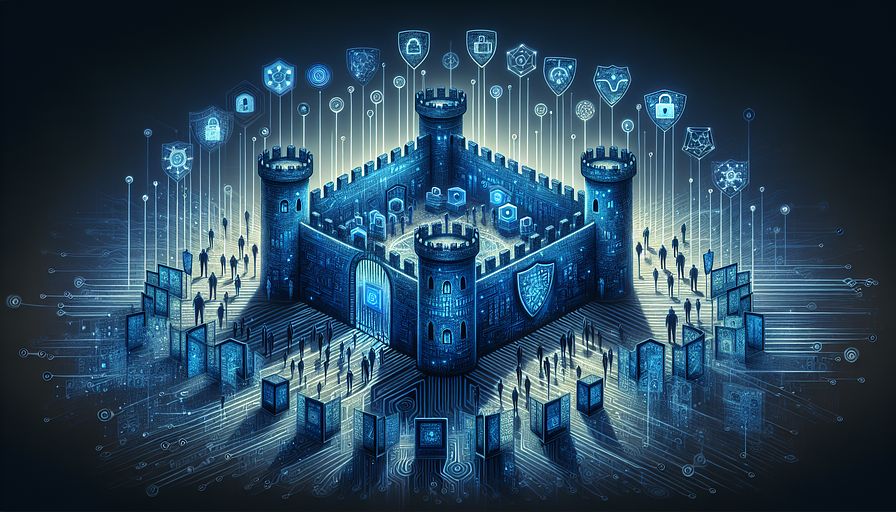Abstract:
The Internet of Things (IoT) has introduced security challenges, making IoT security a crucial focus for technology and engineering leaders. Device authentication, including methods like cryptography and biometrics, is fundamental in reducing unauthorized access and security breaches. Additionally, IoT protocols such as LwM2M, MQTT, and CoAP play a key role in enhancing security features for data transmission and device identity verification. Technology and engineering leaders, including CTOs and Directors, are pivotal in fostering a culture of security and implementing robust cybersecurity measures to navigate IoT security complexities and promote digital trust.
IoT Security, Device Authentication, and Protocols: A Technology and Engineering Leadership Perspective on Cybersecurity and Digital TrustIoT Security: Safeguarding a Connected World
The Internet of Things (IoT) has become a cornerstone of modern technology, integrating devices, machines, and objects into a vast, interconnected network. This rapid expansion, however, has given rise to an array of security challenges. IoT security, encompassing practices and technologies designed to protect these systems, is a critical concern for technology and engineering leaders. By addressing IoT security risks, organizations can strengthen their overall cybersecurity posture and foster digital trust.
Device Authentication: Foundation of IoT Security
A fundamental aspect of IoT security is device authentication, which involves verifying the identity of devices attempting to connect to a network. Authentication methods include symmetric and asymmetric cryptography, multi-factor authentication, and biometric-based techniques. By implementing robust device authentication strategies, technology and engineering leaders can significantly reduce the risk of unauthorized access and potential security breaches. This, in turn, contributes to a stronger cybersecurity infrastructure and promotes digital trust among users, stakeholders, and partners.
IoT Protocols: Streamlining Communication and Security
IoT protocols are essential for ensuring seamless communication between devices and systems. In the context of cybersecurity, protocols such as Lightweight Machine-to-Machine (LwM2M), Message Queuing Telemetry Transport (MQTT), and Constrained Application Protocol (CoAP) offer improved security features. These protocols enable secure data transmission, encrypted connections, and device identity verification, thereby bolstering IoT security. By adopting and integrating these protocols into IoT infrastructure, technology and engineering leaders can enhance cybersecurity and promote digital trust.
Cybersecurity, CTOs, and Directors: Fostering a Culture of Security
At the helm of technology and engineering organizations, Chief Technology Officers (CTOs), Directors of Technologies, and Directors of Engineering play pivotal roles in shaping the cybersecurity landscape. These leaders are responsible for establishing and maintaining secure systems, implementing robust cybersecurity protocols, and fostering a culture of security within their organizations. By staying abreast of emerging threats, investing in advanced security technologies, and collaborating with cross-functional teams, technology and engineering leaders can successfully navigate the complexities of IoT security, device authentication, and protocols. This, in turn, bolsters cybersecurity, promotes digital trust, and contributes to long-term organizational success.














